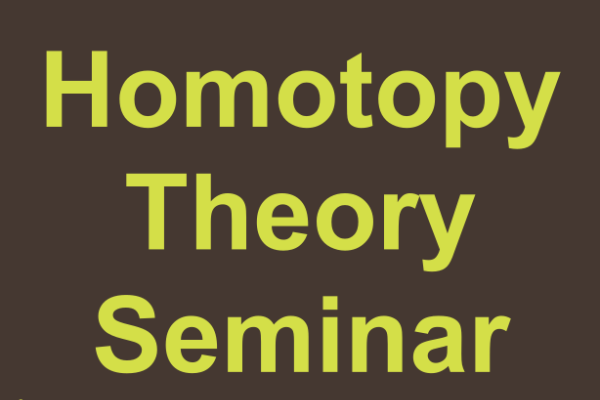
January 9, 2020
11:30 am
-
12:30 pm
MW 154
Speaker: Rick Jardine (Western Ontario)
Title: Persistent homotopy theory
Abstract: The foundations of Topological Data Analysis can be expressed in terms of posets. These posets are barycentric subdivisions of Vietoris-Rips complexes. The proofs of various stability results are sharpened considerably in this context. We also use poset theoretic techniques in conjunction with the Hausdorff metric to define and discuss homotopy types associated to the space (poset) $D(Z)$ of data sets in a fixed metric space $Z$.
A pair $X \subset Y$ of data sets in $Z$ with Hausdorff distance $d_{H}(X,Y) \leq s/2$ determines a homotopy interleaving of Vietoris-Rips systems $V_{\ast}(X) \to V_{\ast}(Y)$ (equivalently of their subdivisions), by the Rips stability theorem. It follows that the maps of systems $\pi_{0}V_{\ast}(X) \to \pi_{0}V_{\ast}(Y)$ and $\pi_{k}(V_{\ast}(X),x) \to \pi_{k}(V_{\ast}(Y),x)$ are $s$-isomorphisms, or isomorphisms up to shift $s$.
This observation is a special case of a natural definition of $s$-equivalence for a map of systems $X \to Y$ defined on $[0,\infty)$, but such $s$-equivalences are not weak equivalences for a model structure. There are, however, homotopy theoretic statements that one can make in this context, and these are described.
